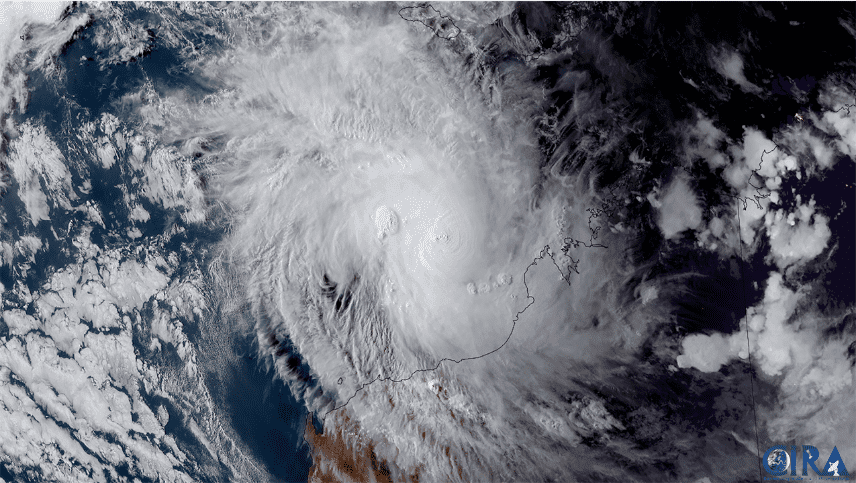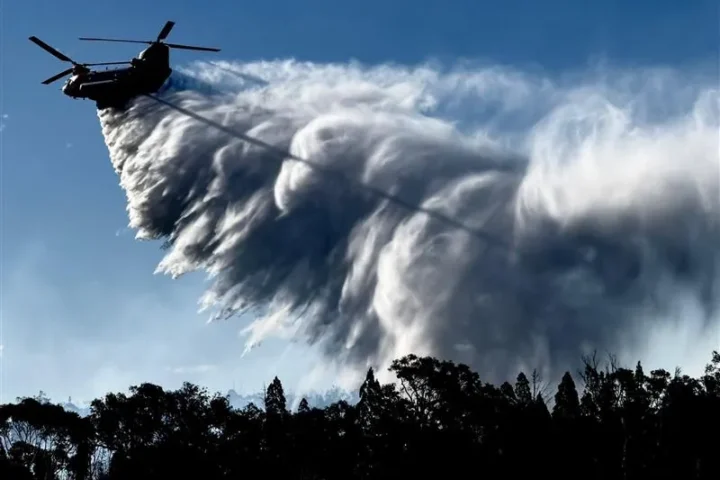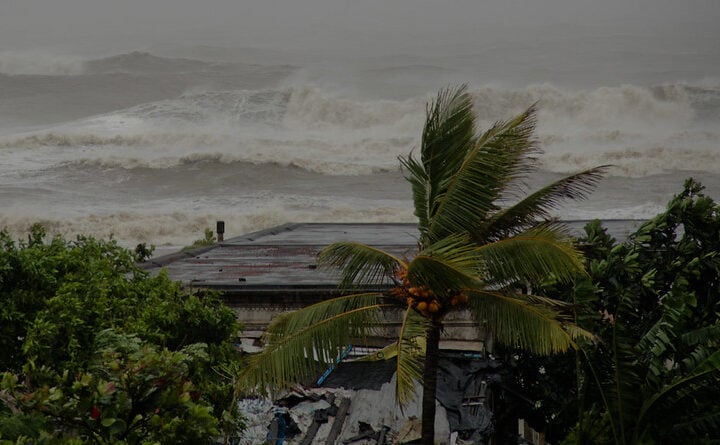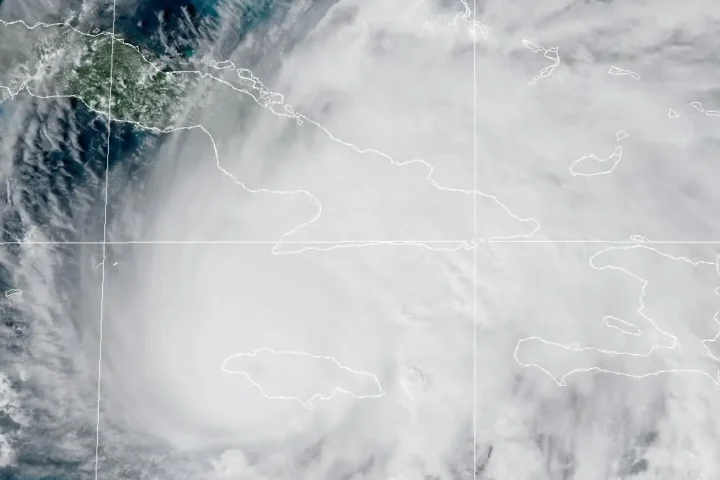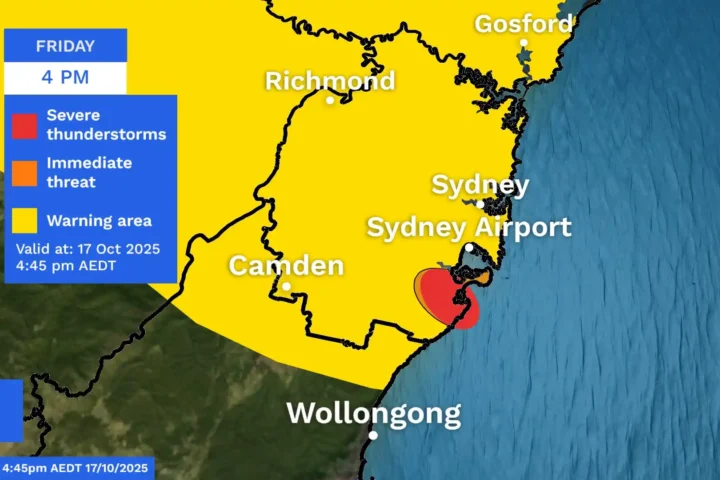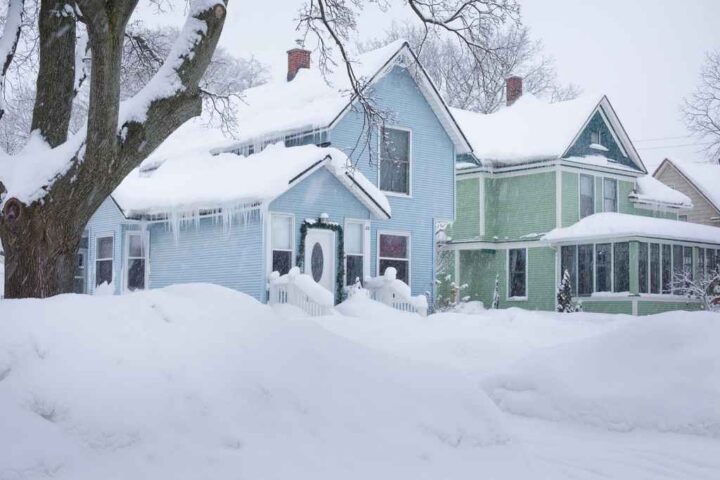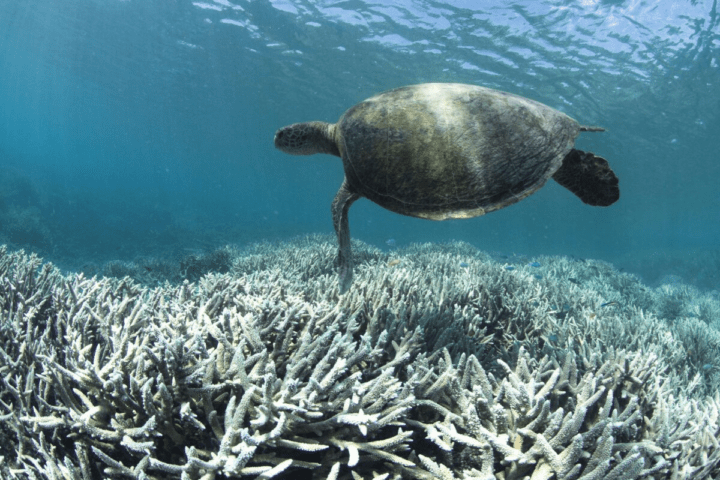Antarctica’s surrounding sea ice has reached a record low for this time of year, a stark contrast to the record-high extent observed as recently as 2014. According to the National Oceanic and Atmospheric Administration (NOAA), while the ice cover continues its annual growth, daily extents have been at record lows since April 2023.
This sea ice acts as a protective barrier for glaciers and other ice shelves on continental Antarctica. Reduced sea ice means less protection for the inland ice against warming temperatures. It’s crucial to note that while melting sea ice doesn’t directly contribute to sea level rise—since it’s already afloat on the ocean—the water trapped in glaciers and ice shelves does. The West Antarctica’s ice sheet, located on the continent, has witnessed some of the most significant melting this year. If it were to melt entirely, global average sea levels could surge by over 10 feet. Although such an event is unlikely to occur all at once, the repercussions of continuous melting will become increasingly evident in the years to come.
In May 2023, the average sea ice extent was 460,000 square kilometers (178,000 square miles) below the 1981 to 2010 average. However, it was still 910,000 square kilometers (351,000 square miles) above the record low observed in 2016. The Arctic Sea ice extent for the same month stood at 12.83 million square kilometers (4.95 million square miles), ranking it as the thirteenth lowest May in satellite records.
From the start of May until the 24th, the extent decreased by 963,000 square kilometers (372,000 square miles), a slightly slower pace than the average decline observed from 1981 to 2010. However, the rate of ice loss accelerated in the last week of May, with the Arctic losing 452,000 square kilometers (175,000 square miles) of ice, significantly more than the 30-year average for the same period. This sudden increase in ice loss pushed the extent below its typical range for most of the month.
Similar Post
Air temperatures over the Arctic Ocean, at approximately 2,500 feet above the surface, were predominantly 1 to 4 degrees Celsius below average in May. Exceptions were the Barents, Kara, and Beaufort Seas, and the northwest part of Hudson Bay, where temperatures soared 2 to 8 degrees Celsius above average. Most of the Arctic Ocean experienced below-average sea level pressure in May, especially north of the Laptev Sea. Such patterns are generally linked to cooler air temperatures over the Arctic Ocean. Conversely, the warmer conditions over Hudson Bay can be attributed to high sea level pressure.
NOAA’s 2022 prediction highlighted potential sea level rises in the U.S. by 2050, estimating an average increase of 12 inches. Regionally, the U.S. East Coast might witness up to 14 inches, while the Gulf Coast could see a rise of up to 18 inches. Researchers emphasize that current melting trends will make it challenging for Antarctica to recover its lost ice. Rising global ocean temperatures exacerbate ice melt. Moreover, with diminishing ice, less sunlight gets reflected off its bright surface. Instead, the darker ocean water absorbs more heat, further accelerating the melting process. If these trends persist, we could witness even more significant ice loss in the future, with compounding effects on our environment.
